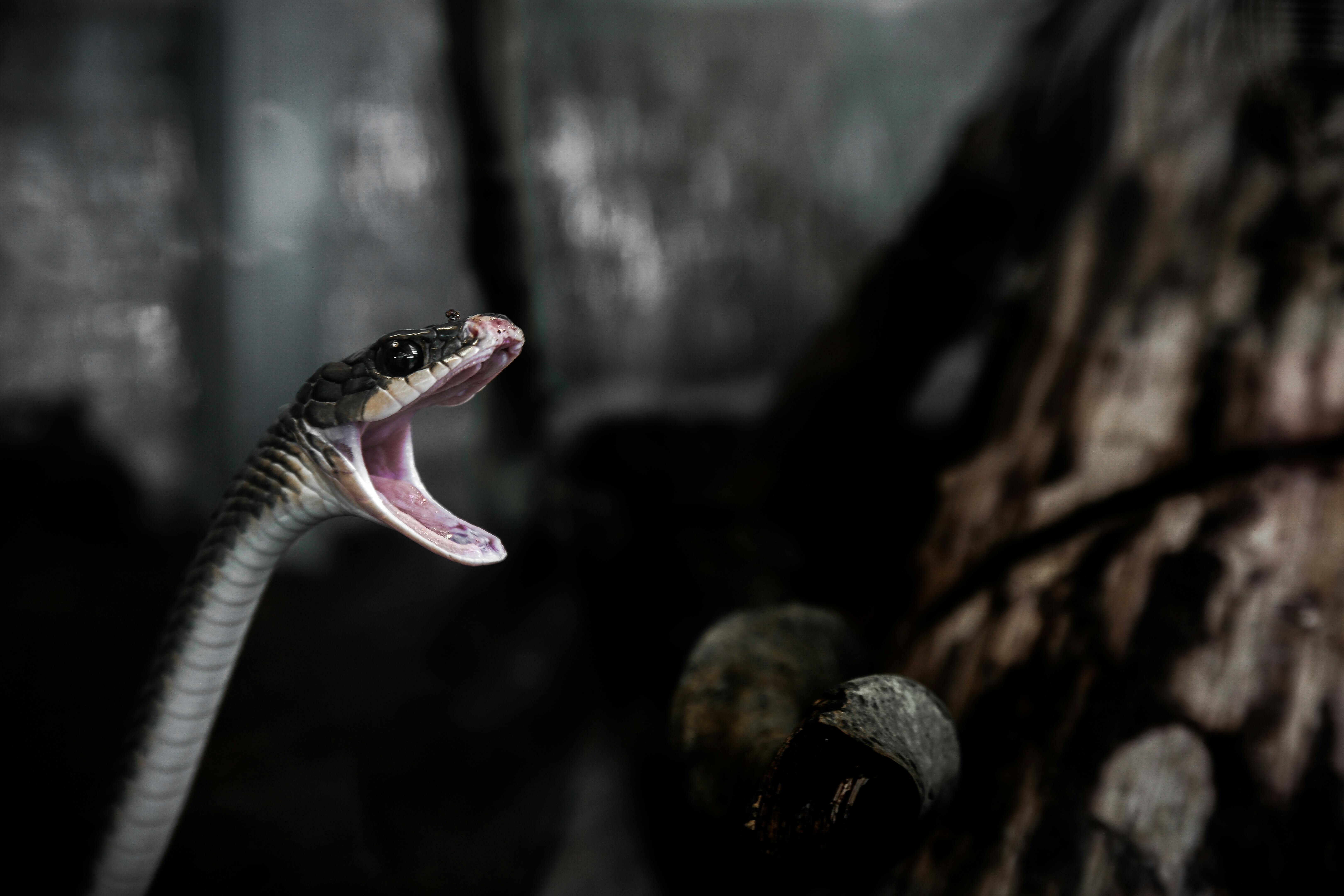:format(jpeg):background_color(fff)/https%3A%2F%2Fwww.metronieuws.nl%2Fwp-content%2Fuploads%2F2024%2F05%2Fpexels-donaldtong94-23817.jpg)
A Brazilian biologist conducted research on a venomous snake in a very special way. In his research on the biting behavior of venomous snakes, he used a rather innovative research method: he stepped on snakes no less than 40,000 times.
In his experiments, biologist João Miguel Alves-Nunés used 116 so-called “spear-headed jararaka snakes,” the most common snake in southeastern Brazil. He allowed the animals to get used to their temporary enclosure and then stood right next to them, or even gently on them. He did this at least 40,480 times over several days.
For those who now suffer from a phobia of snakes, it is good to know that Elvis Nunes has not been bitten or injured once. This is because he was wearing shoes specially made for the experiment, which the snake’s fangs could not penetrate.
Talk about commitment: Joao Miguel Alves-Nunes stepped on deadly jarracas more than 40,000 times to find out when snakes are most likely to bite. That story and more of the best of @Science Magazine And science today #Scientific Advisor: https://t.co/GM6NgfD9Z4 pic.twitter.com/qlwwS94dGN
– Christie Wilcox (@NerdyChristie) May 16, 2024
Snakes appear more aggressive at higher temperatures
But what did this research ultimately yield? The results are perhaps as startling as the research itself. Alves Nunes discovered that snakes are more aggressive at higher temperatures. The females also appear to be more aggressive and will bite more often. “Especially when they’re young and in broad daylight,” the biologist says.
Alves-Nunes hopes that the results of his research will lead to better distribution of the antidote in the future. According to him, this is not the case now. People who are bitten often have to travel far because there is usually no antidote available at the location where they are bitten. Furthermore, there has been very little research so far on the biting behavior of this specific type of snake, says Alves Nunes. He wrote in the journal that most studies do not look at the factors that cause animals to bite Sciences.
Efficiently distribute the antidote
The biologist believes it is possible to identify certain places where snakes are more often aggressive and thus have a greater chance of being bitten. In this way the antidote can be distributed as efficiently as possible. “For example, warmer places with a higher proportion of female snakes should be prioritized for antivenom distribution,” says Alves Nunes.
Kiss a hand or three? Research has shown that elephants prefer to greet each other with feces
Marco Schweitmaker warns kids with a parody of hit song for Fortnite sales scams in Even Tot Hier: ‘Your money will be badly stolen’
Spotted an error? Mail to us. We are grateful to you.
comments

“Total coffee specialist. Hardcore reader. Incurable music scholar. Web guru. Freelance troublemaker. Problem solver. Travel trailblazer.”







More Stories
GALA lacks a chapter on e-health
Weird beer can taste really good.
Planets contain much more water than previously thought